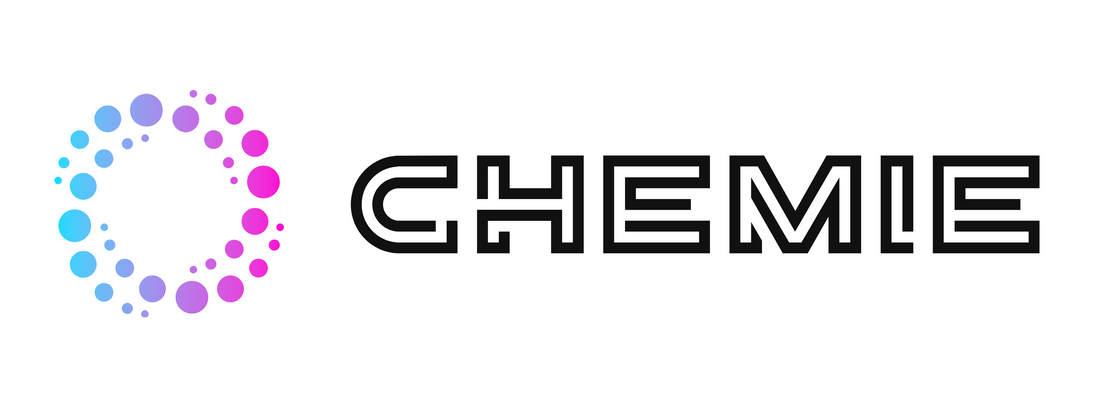What Does Chemie Do?
Table of ContentsChemie Fundamentals ExplainedChemie Things To Know Before You Get ThisRumored Buzz on ChemieThe 25-Second Trick For ChemieLittle Known Facts About Chemie.Chemie Things To Know Before You Buy
By Bojanna Shantheyanda, Sreya Dutta, Kevin Coscia and David SchiemerDynalene, Inc. Fluid air conditioning, which can be accomplished utilizing indirect or direct methods, is made use of in electronic devices applications having thermal power thickness that may exceed safe dissipation through air cooling. Indirect liquid cooling is where warm dissipating electronic components are literally divided from the liquid coolant, whereas in case of direct air conditioning, the elements are in direct call with the coolant.In indirect cooling applications the electrical conductivity can be crucial if there are leakages and/or splilling of the fluids onto the electronics. In the indirect air conditioning applications where water based liquids with deterioration preventions are typically used, the electric conductivity of the liquid coolant mainly relies on the ion concentration in the liquid stream.
The boost in the ion concentration in a closed loop fluid stream might occur as a result of ion leaching from metals and nonmetal parts that the coolant fluid is in contact with. During procedure, the electrical conductivity of the liquid may increase to a degree which could be hazardous for the cooling system.
Chemie Things To Know Before You Buy
(https://www.find-us-here.com/businesses/Chemie-San-Diego-California-USA/34199379/)They are grain like polymers that can exchanging ions with ions in an option that it touches with. In the existing job, ion leaching examinations were carried out with various steels and polymers in both ultrapure deionized (DI) water, i.e. water which is treated to the highest degree of purity, and reduced electric conductive ethylene glycol/water mix, with the determined change in conductivity reported in time.
The samples were permitted to equilibrate at space temperature for 2 days before recording the first electrical conductivity. In all examinations reported in this research study fluid electric conductivity was determined to an accuracy of 1% using an Oakton disadvantage 510/CON 6 series meter which was adjusted prior to each dimension.
The 7-Second Trick For Chemie
from the wall surface home heating coils to the facility of the heating system. The PTFE example containers were positioned in the furnace when stable state temperatures were reached. The test arrangement was gotten rid of from the furnace every 168 hours (seven days), cooled to space temperature level with the electrical conductivity of the fluid determined.
The electric conductivity of the liquid example was kept track of for an overall of 5000 hours (208 days). Number 2. Schematic of the indirect shut loophole cooling down experiment set up - fluorinert. Table 1. Components used in the indirect closed loophole cooling experiment that are in contact with the fluid coolant. A schematic of the speculative arrangement is displayed in Number 2.

Rumored Buzz on Chemie
The adjustment in liquid electric conductivity was checked for 136 hours. The fluid from the system was gathered and saved.

0.1 g of Dowex resin was contributed to 100g of liquid examples that was taken in a different container. The mixture was stirred and transform in the electrical conductivity at room temperature was gauged every hour. The gauged change in the electric conductivity of the UP-H2O and EG-LC examination liquids including polymer or steel when involved for 5,000 hours at 80C is shown Figure 3.
Chemie Things To Know Before You Buy
Ion seeping experiment: Measured modification in electrical conductivity of water and EG-LC coolants having either polymer or steel examples when submersed for 5,000 hours at 80C. The results indicate that metals contributed less ions right into the fluids than plastics in both UP-H2O and EG-LC based coolants.
Fluids including polypropylene and HDPE displayed the cheapest electric conductivity changes. This could be due to the brief, inflexible, direct chains which are much less most likely to contribute ions than longer branched chains with weaker intermolecular forces. Silicone additionally performed well in both test fluids, as polysiloxanes are normally chemically inert due to the high bond power of the silicon-oxygen bond which would protect against degradation of the product right into the fluid.
Our Chemie Statements
It would be anticipated that PVC would generate similar outcomes to those of PTFE and HDPE based on the similar chemical frameworks of the materials, nonetheless there may be other contaminations present in the PVC, such as plasticizers, that may impact the electric conductivity of the liquid - high temperature thermal fluid. Furthermore, chloride teams in PVC can additionally seep right into the test fluid and can trigger a boost in electric conductivity
Buna-N rubber and polyurethane showed indications of destruction and thermal decomposition which suggests that their feasible energy as a gasket or adhesive material at higher temperature levels might bring about application issues. Polyurethane entirely degenerated right into the examination liquid by the end of 5000 hour examination. Number 4. Prior to and after images of steel and polymer examples submersed for 5,000 hours at 80C in the ion leaching experiment.
Measured change in the electric conductivity of UP-H2O coolant as a feature of time with and without material cartridge in the closed indirect cooling loop experiment. The measured change in electric conductivity of the UP-H2O for 136 hours with and without ion exchange material in the loop is shown in Figure 5.